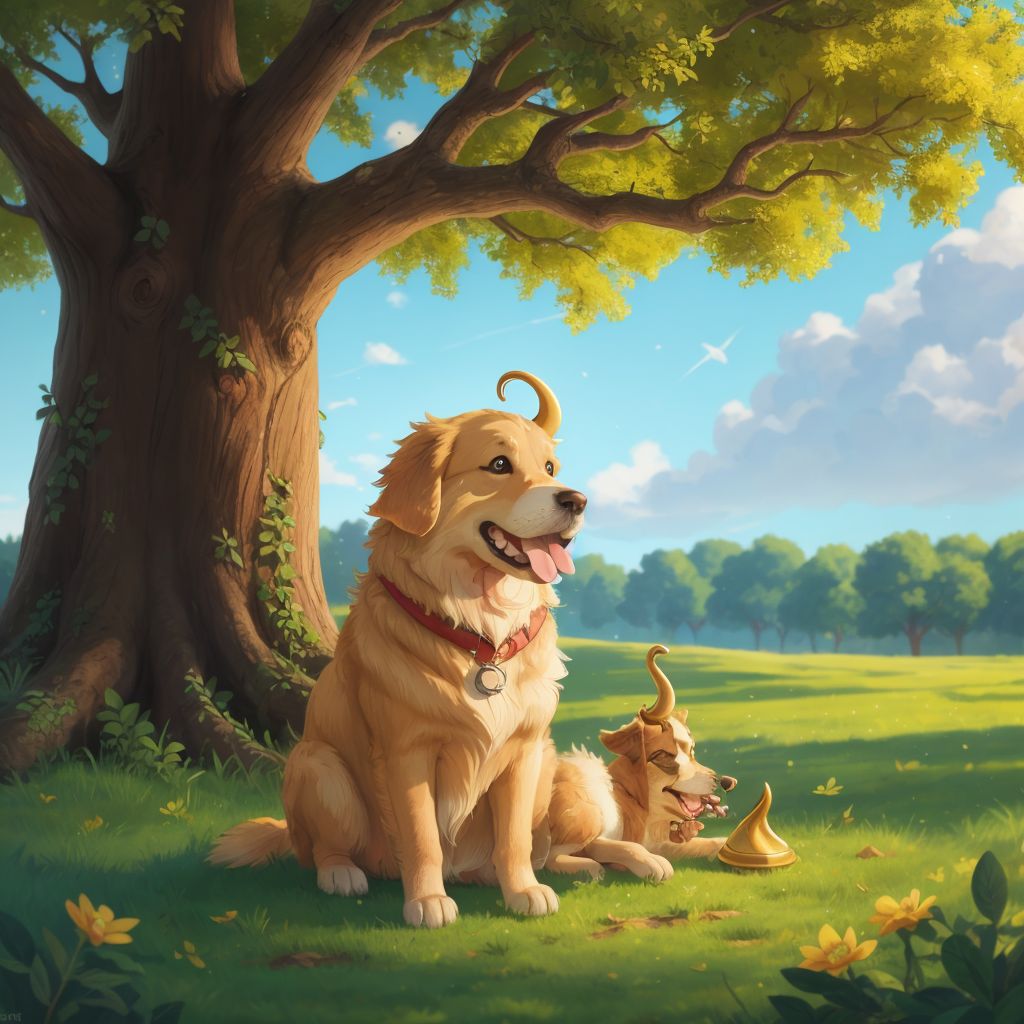

Recommend
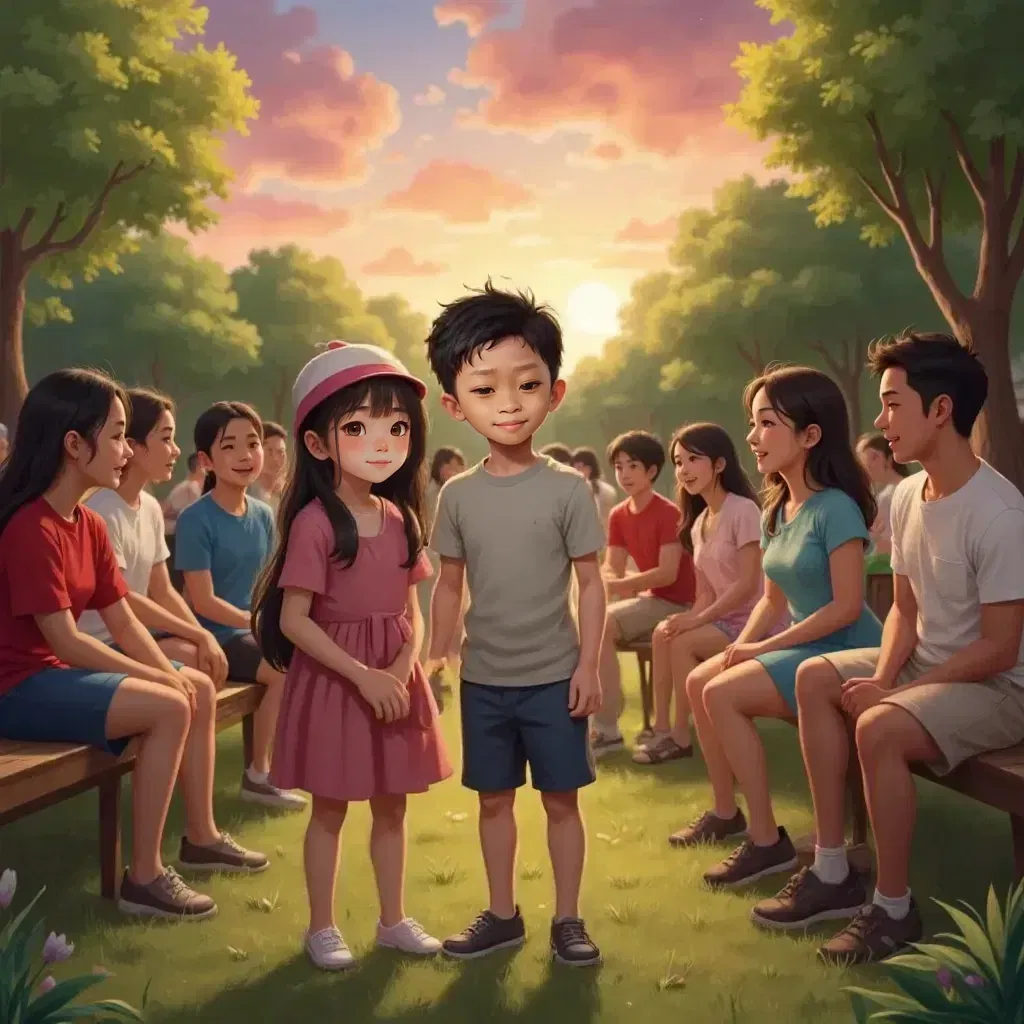
Page 1 (The Argument 😠) Aiman, Zara, Irfan, and Amanda play together every evening. But today, they cannot agree on a game! "Let’s play football!" says Aiman. "No! Let’s ride our bikes!" says Irfan. "I want to read a book!" says Amanda. "Hide and seek is fun!" says Zara. They cross their arms. "No! My game is the best!" Page 2 (The Problem 😡) They argue and argue. Nobody listens. Nobody plays. Page 3 (Realizing the Problem ⏳) Amanda looks at the sky. "Oh no! The sun is going down!" Aiman groans. "We waste time!" Irfan sighs. "Now we have no time to play!" Zara shakes her head. "This always happens..." Page 4 (The Solution 🤝) "Wait!" says Amanda. "Let’s listen to each other." Each friend says why they like their game: "Football is fun because I love to run!" says Aiman. "Cycling is fun because we go fast!" says Irfan. "Reading is fun because I love stories!" says Amanda. "Hide and seek is fun because I love to surprise my friends!" says Zara. "Let’s take turns!" says Irfan. "Yes! One day football, one day cycling!" says Amanda. "And NO MORE FIGHTING!" says Zara. Page 5 (Playing Together 🎉) "Quick! Five minutes left! Let’s play tag!" says Aiman. They laugh and run. They have fun together. Page 6 (Final Message 💡) "Playing together is fun! Fighting is not!" "When we have a problem, we listen, we take turns, and we play happily!"
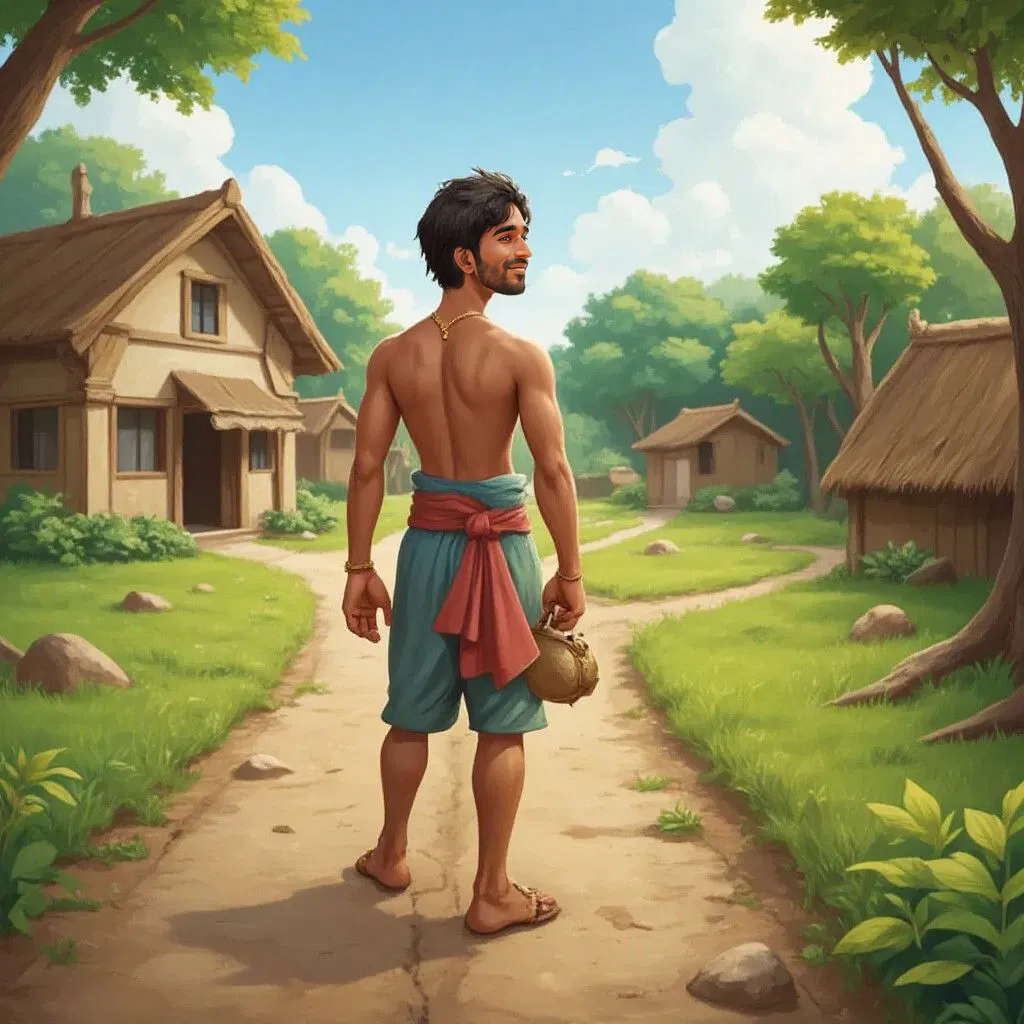
Parashuram, a hardworking 28-year-old from Hole Mannur, Karnataka, has spent his life supporting his family. With four elder brothers—Odda Mardappa, Sanna Mardappa, Krishna, and Nagaraja—and two sisters, Parvathi and Hema, he sacrificed his childhood to ensure they had better futures. At 14, he moved to Kasaragod, Kerala, to work in laterite fields. After years of hard work, he returned home at 25 but began to worry whether his family would remember his sacrifices and love. One day, Parashuram meets an elderly neighbor who shares inspiring stories of resilience. This encounter helps him realize the impact he has had on his family. With renewed hope, he starts a small business selling fresh produce and finds joy in supporting his loved ones. The story concludes with a family gathering where Parashuram is celebrated for his dedication. He learns that true success lies in the love shared within a family, ending on a hopeful note as he embraces a brighter future surrounded by those he cherishes.
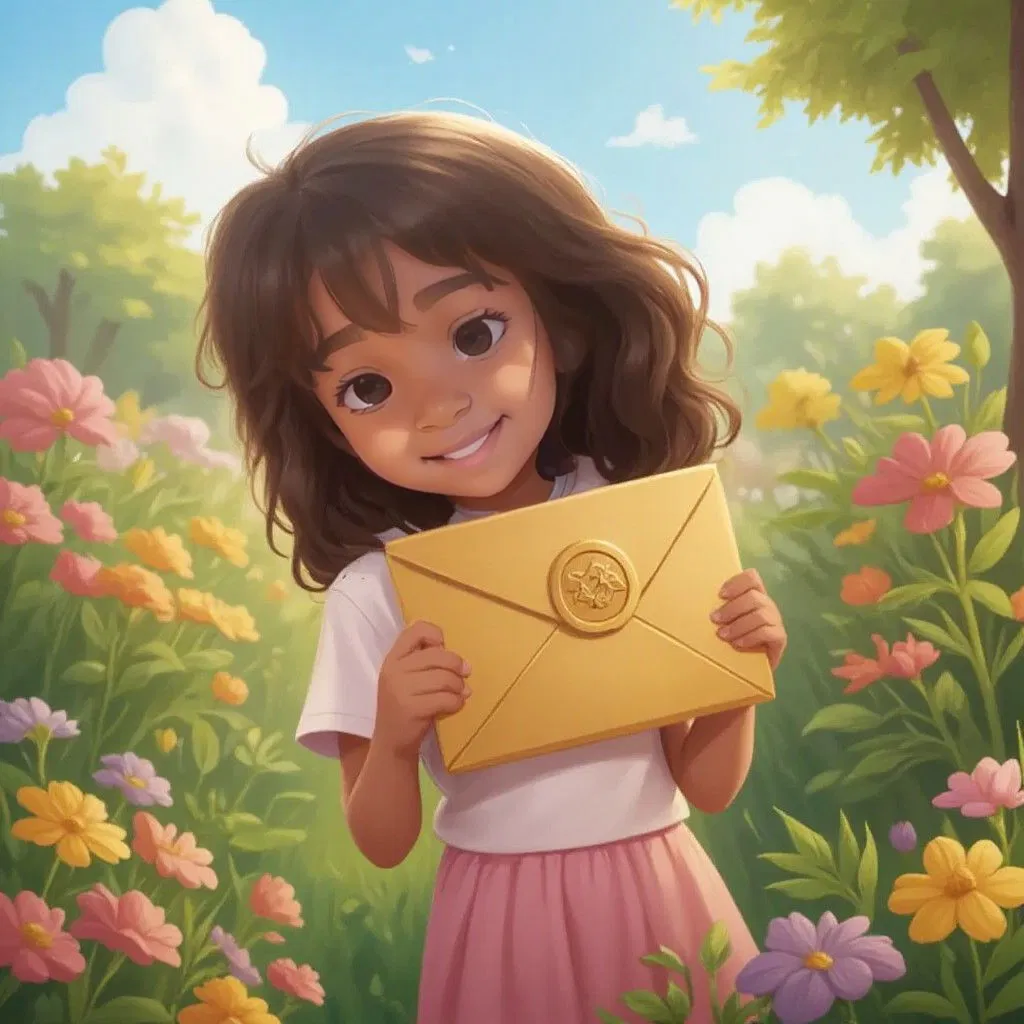
A wonderful day where Max gets to be a princess and she is blessed with so many beautiful garrments and wares. She has been invited to the grand aquarius ball by the princew himself! She has nothing fit for a ball in her closet Good news is her fairy Godmother is there to save the day and seee to it she is well dressed for the grand event
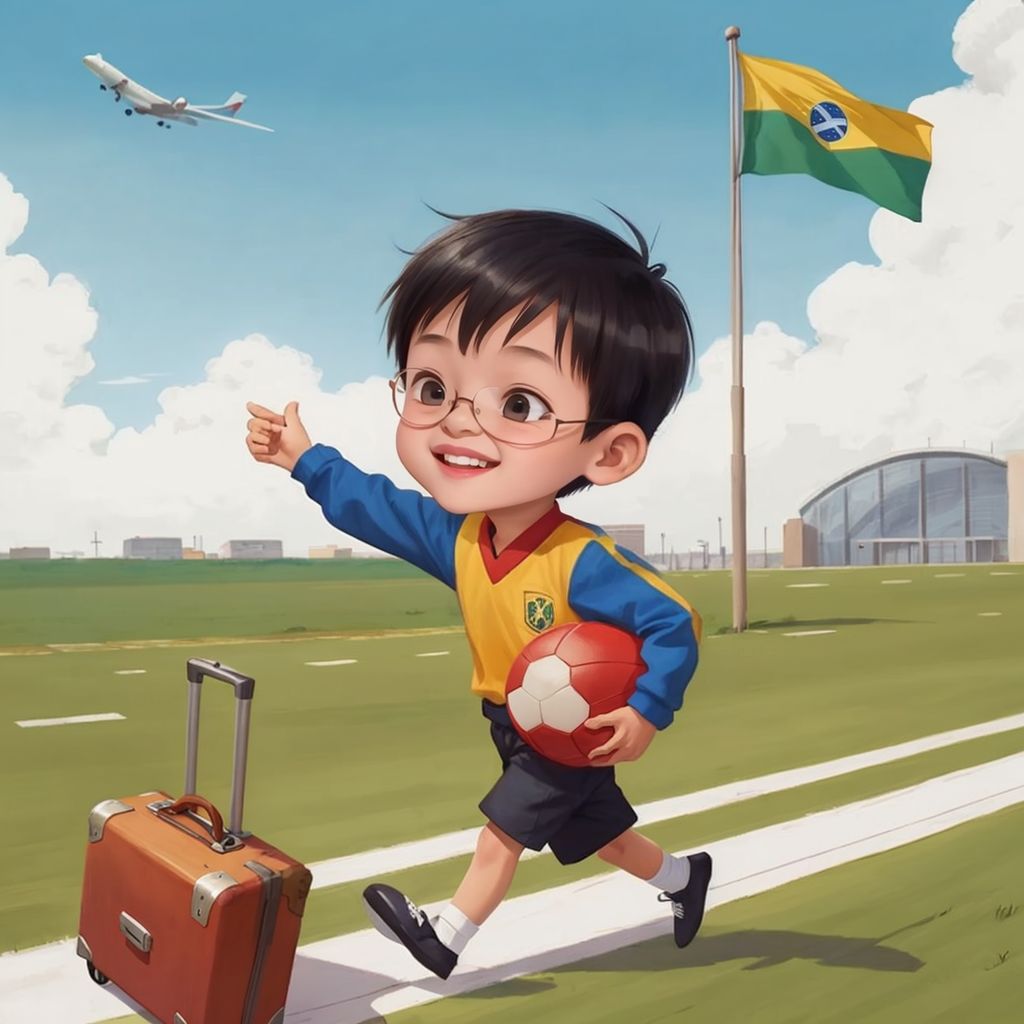
Chester is a 7 year old boy from Hong kong. He loves football and he goes on an adventure to brazil
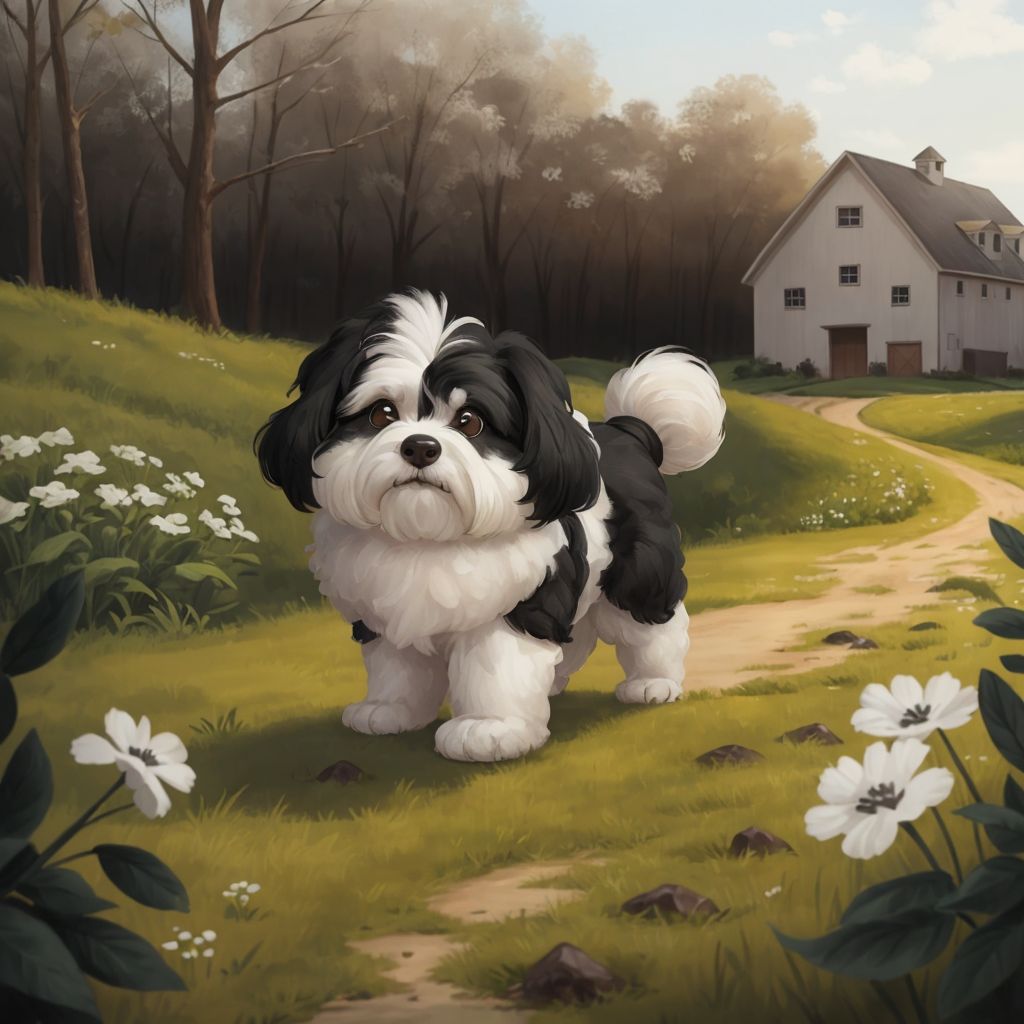
Jasper and Archie explore a new part of the farm, following curious clucking sounds. They meet five chickens, each with a unique personality. As Jasper gently approaches, Archie’s excitement leads to playful antics, helping them learn chicken etiquette. By day’s end, they’ve bonded with their new feathered friends, realizing that despite their size, the chickens are full of personality and loyalty.
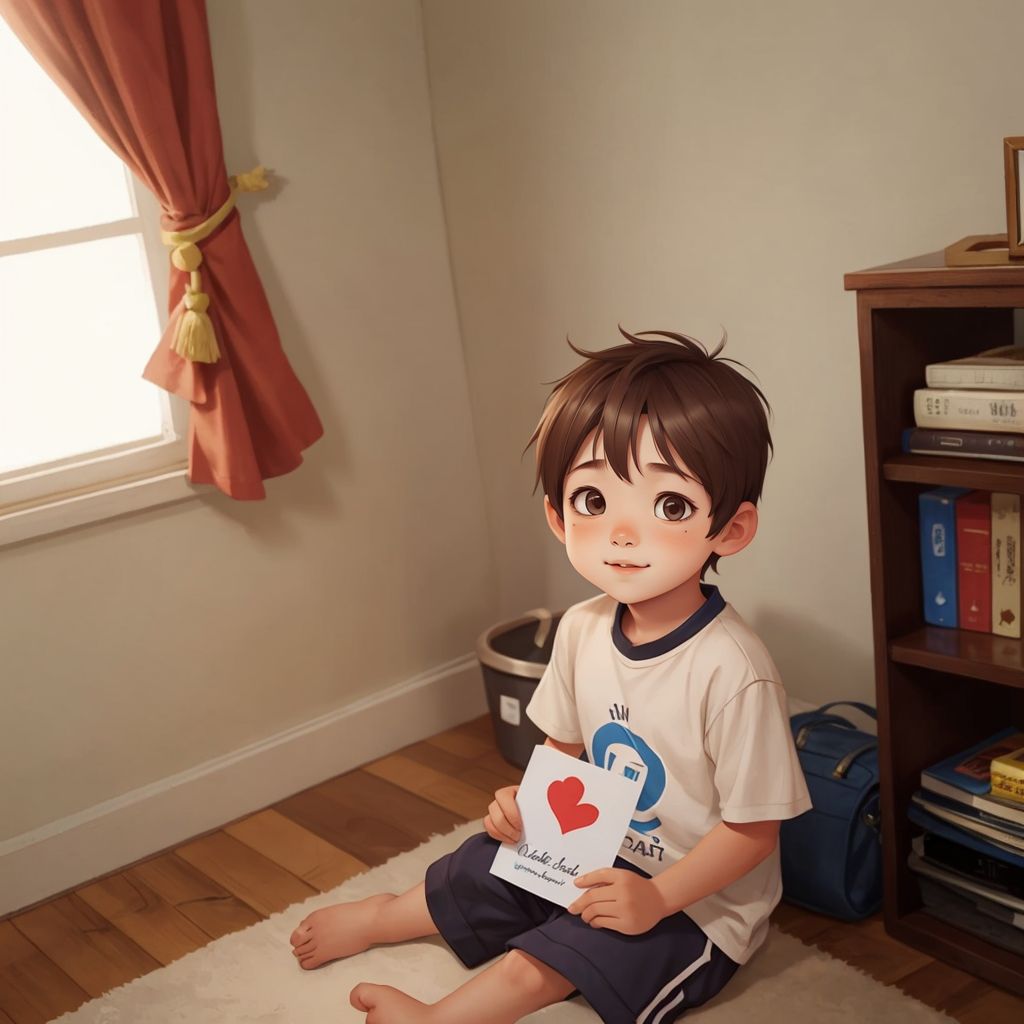
Lina and Alessandro are playing a card game. They argue because Alessandro cheats. Alessandro throw the cards in the air. Then they make peace.

Chelsea was a brave girl who contracted Meningitis
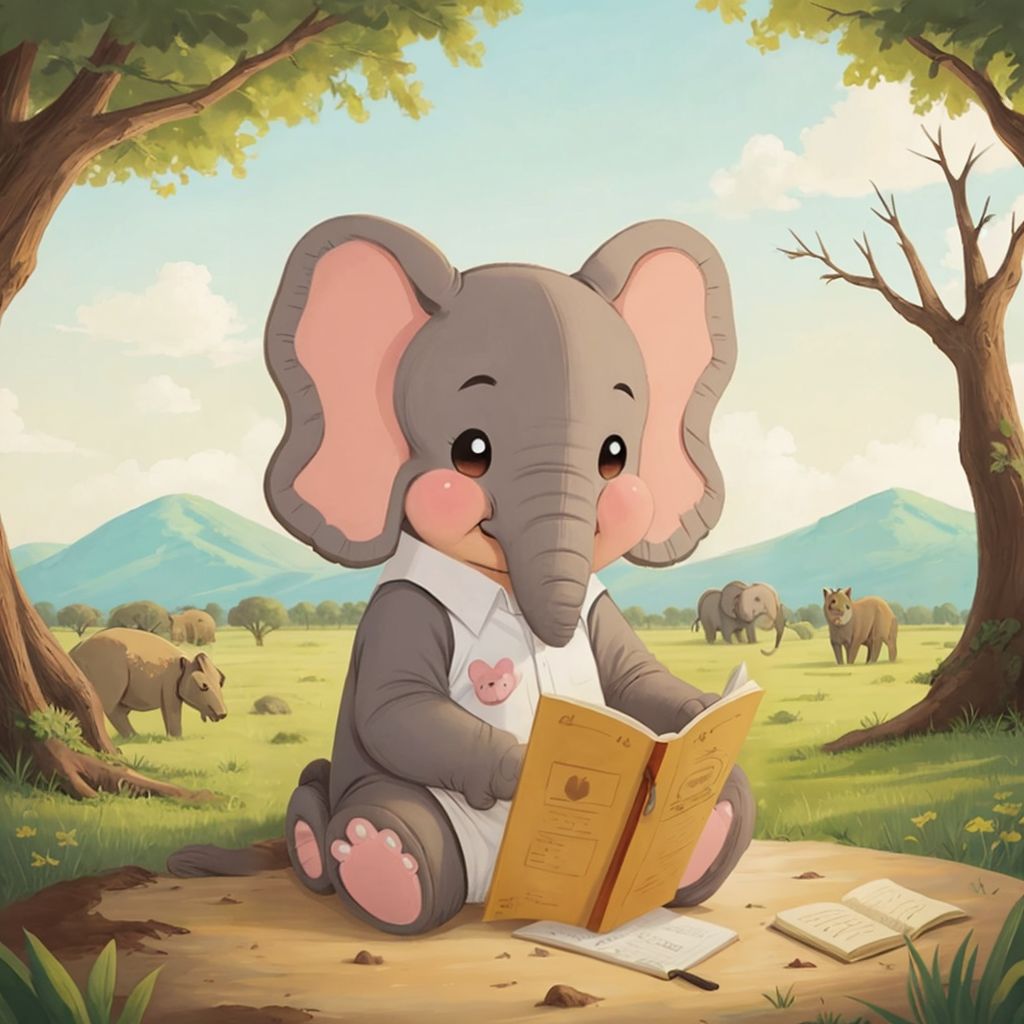
1. Jack the elephant was about to become a big brother 2. Jack went to the hospital to see his new baby sister 3. in hospital room jack was scared to hold his sister 4. Jack always carries a journal and pen so he can write down his emotions and feelings
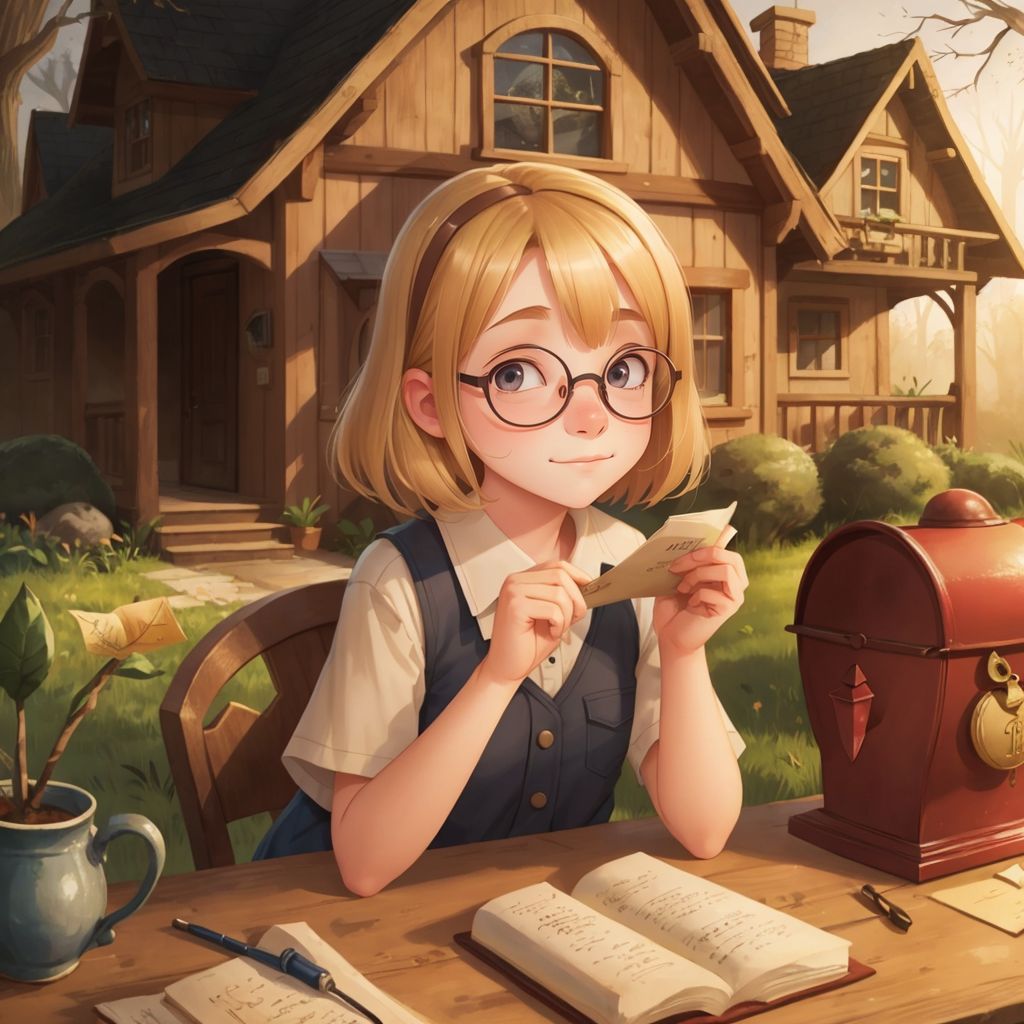
A mystery of a girl and a ghost in a haunted house.
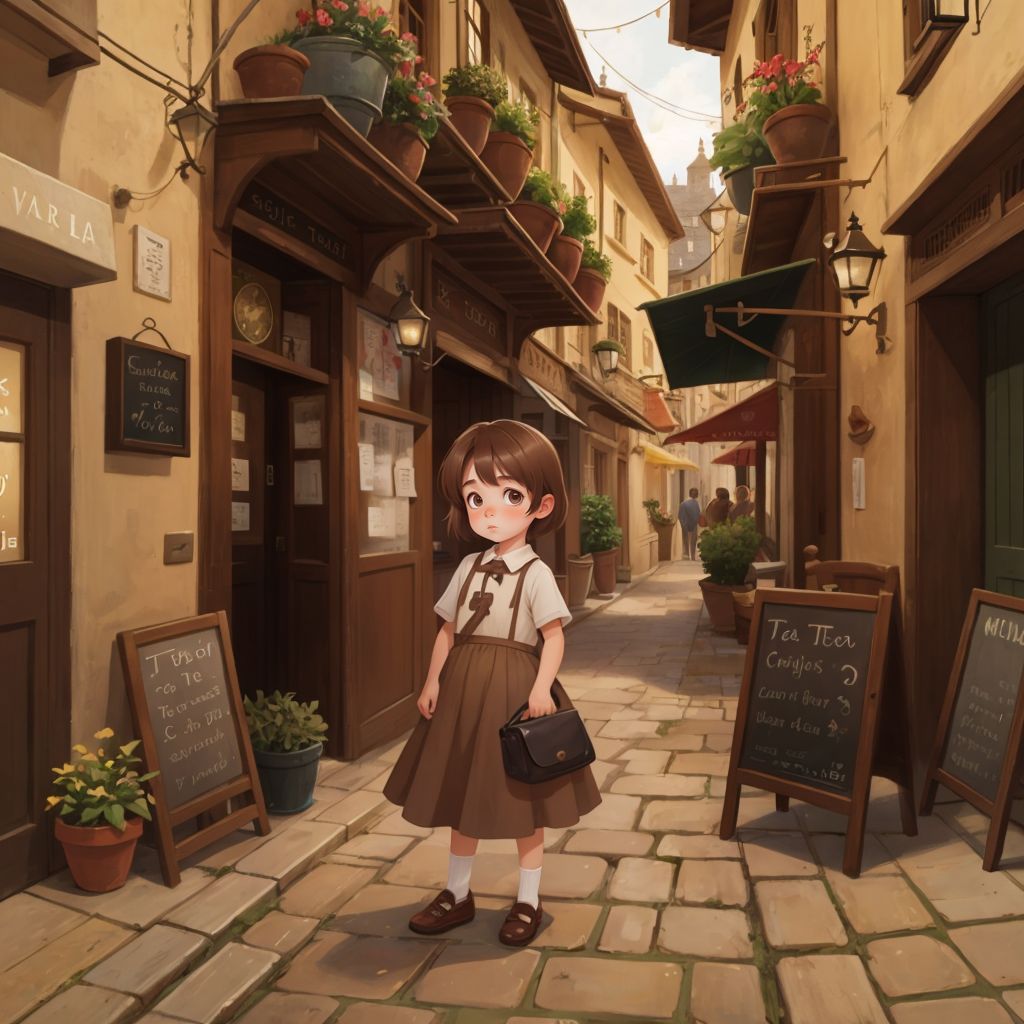
The Return Home As Bella left the tea shop, they glanced back at Molly, who gave a cheerful cluck and waved with her wing. With their voice restored, Bella felt more confident and connected to their true self, and they couldn’t wait to share their newfound wisdom—and voice—with the world.
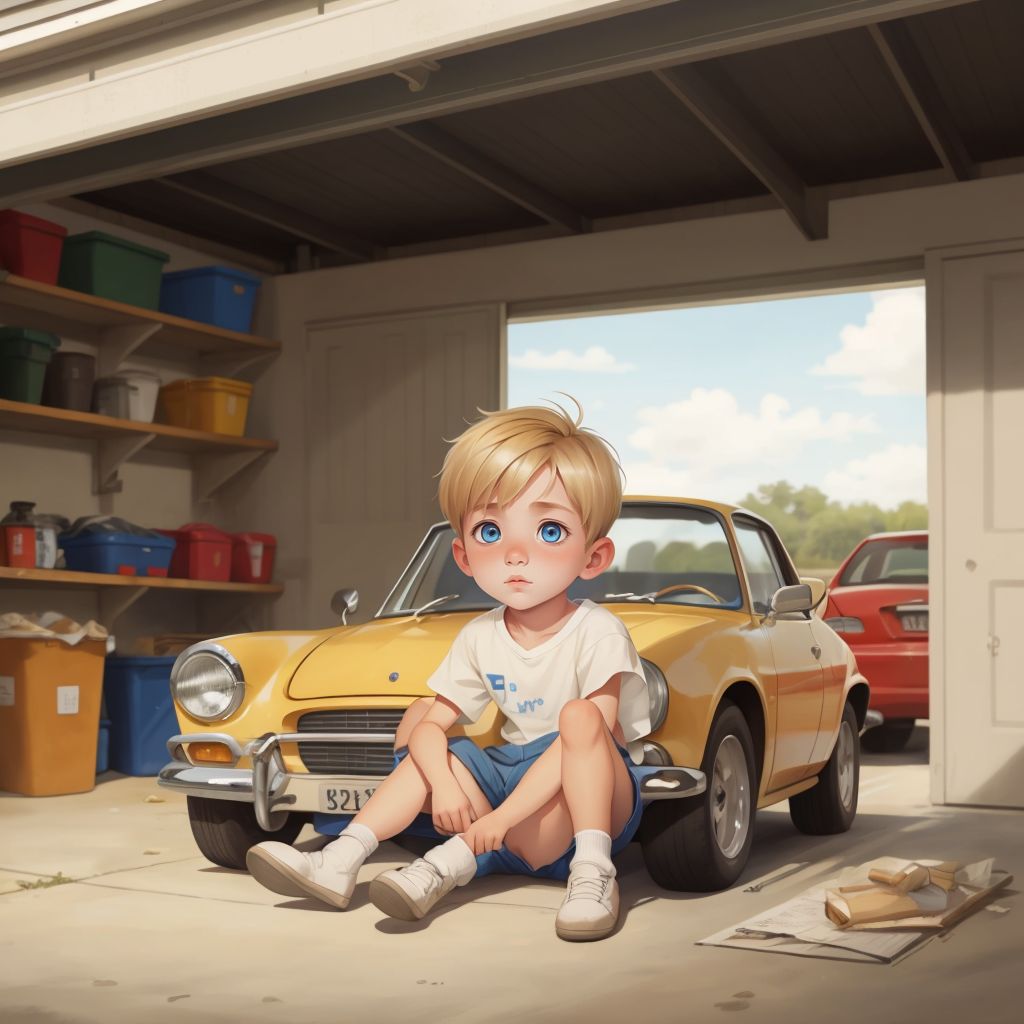
Tommy is a boy with a big imagination and an even bigger dream of visiting the moon. One magical night, he sneaks into the garage, hops into his dad's car, and embarks on a thrilling journey beyond the stars. With the car's wheels turning into rocket boosters, Tommy zooms through space and lands on the moon, where he meets the playful Lunarians. Together, they enjoy moon cheese, build sandcastles from moon dust, and play lunar games. As dawn approaches, Tommy must return home before his parents wake up. This enchanting story celebrates the boundless creativity of children and the incredible adventures that await in their dreams. Perfect for bedtime reading, "Tommy's Moon Adventure" will inspire young readers to reach for the stars and believe in the impossible.
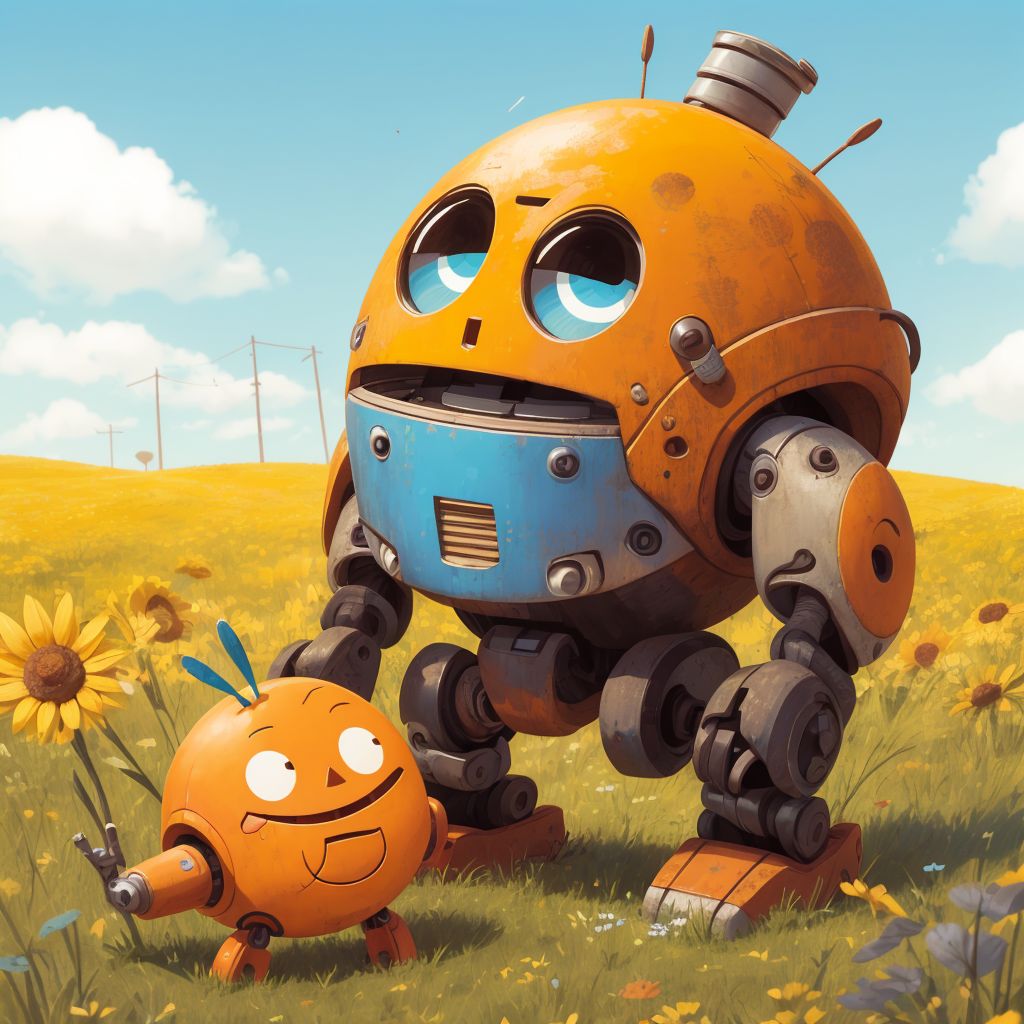
El Huevo que no quería romperse.
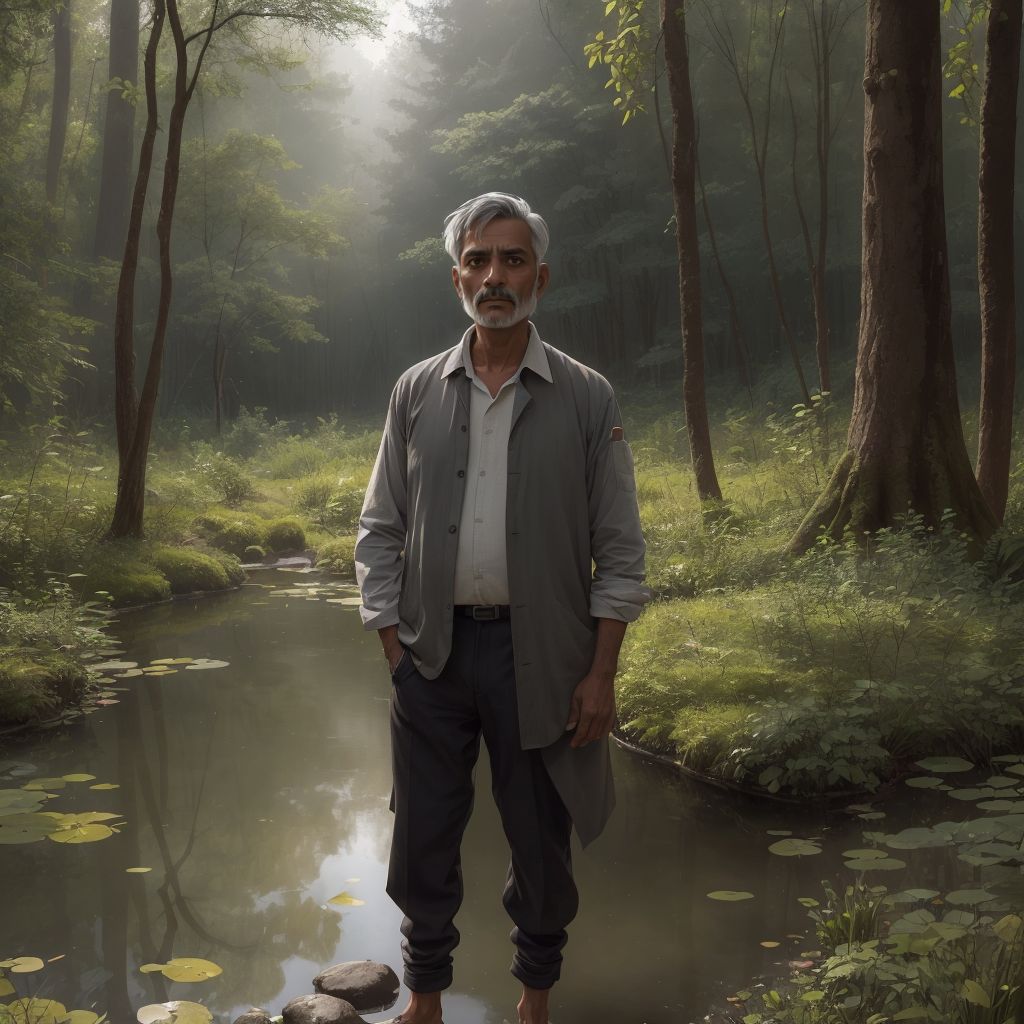
Aventuras de amistad entre dos amigos
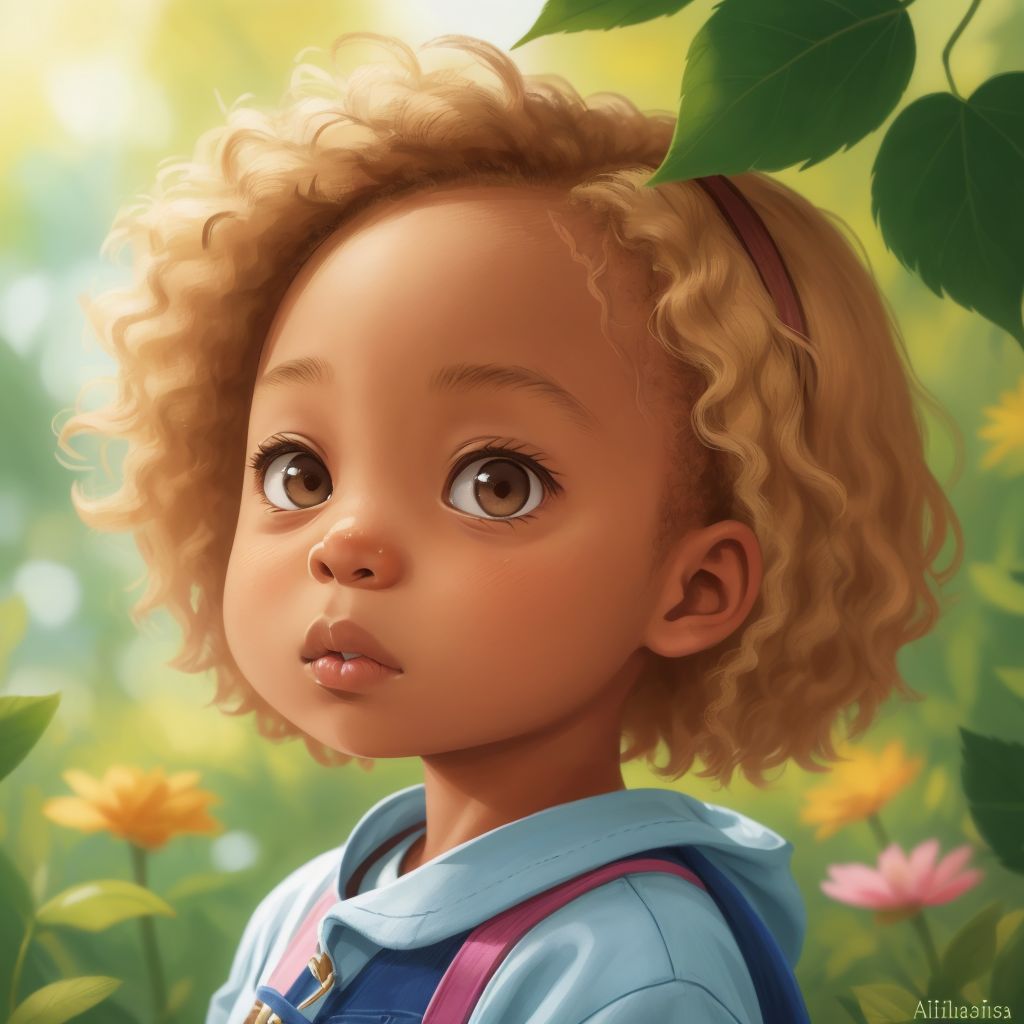
1.A young girl, EMMA (7), stands at the edge of a rocky overlook, her eyes wide with wonder as she gazes at the majestic mountains stretching before her. The sun bathes her face in a warm glow. 2.Emma, now a little older (10), is seen scaling a rocky outcrop with youthful determination. Her small hands find purchase on the craggy surface, and she pulls herself up. 3.Emma, now a teenager (16), climbs a steep rock face with practiced skill and agility. 4.Emma, now a young adult (early 20s), stands on the edge of a towering cliff, the wind whipping through her hair. With a deep breath, she leaps into the open air, spreading her arms wide as she soars through the sky. 6.The same matured woman, Emma, now sits on the edge of a cliff, her eyes sparkling with the same joy and hope as when she was a young girl.
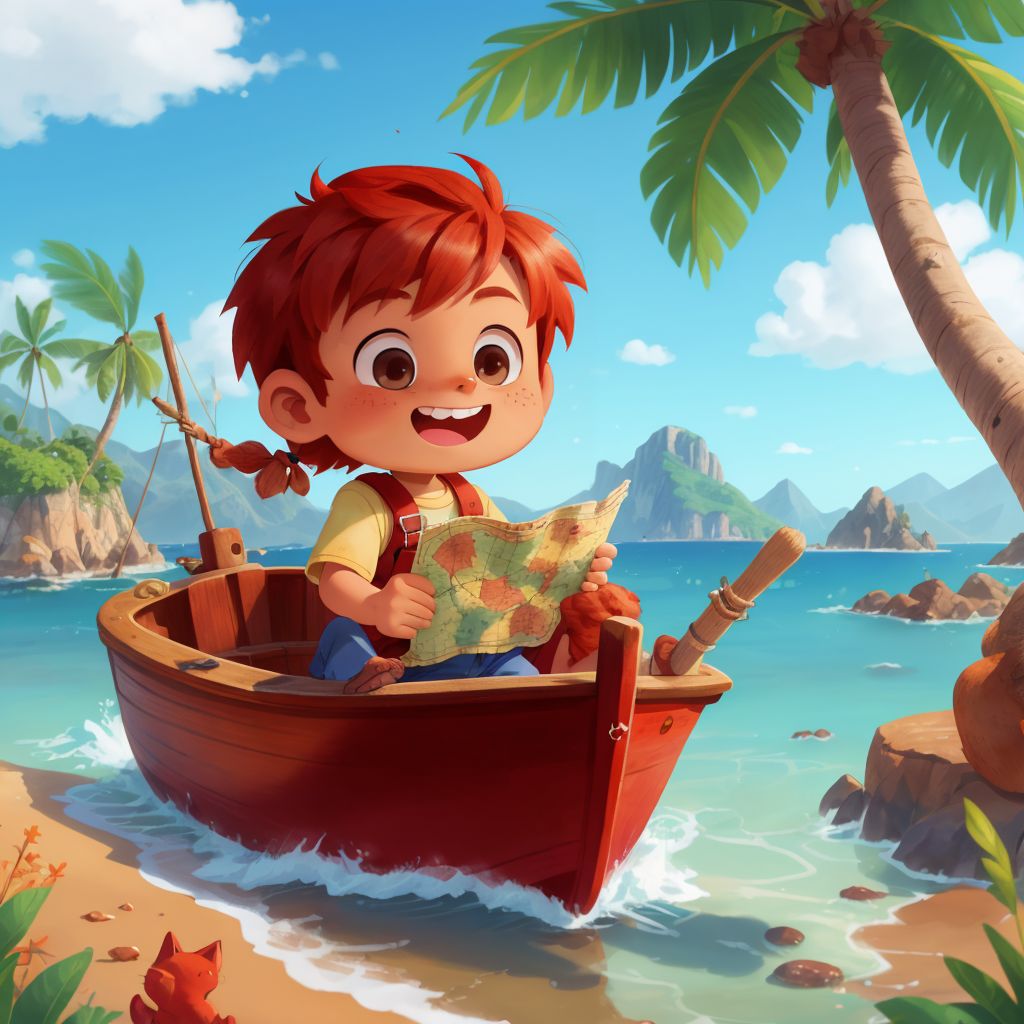
In the distant ocean lies an island on which extraordinary talking flowers grow. Each flower has its own unique voice and character. One day, a little girl named Lily and her furry friend, the cat Meowkin, find themselves on this magical island. Together they go on an exciting journey to unravel the mystery of the island and learn to understand the language of flowers. Along the way, they meet a variety of flower characters and learn to appreciate the beauty of nature and friendship.
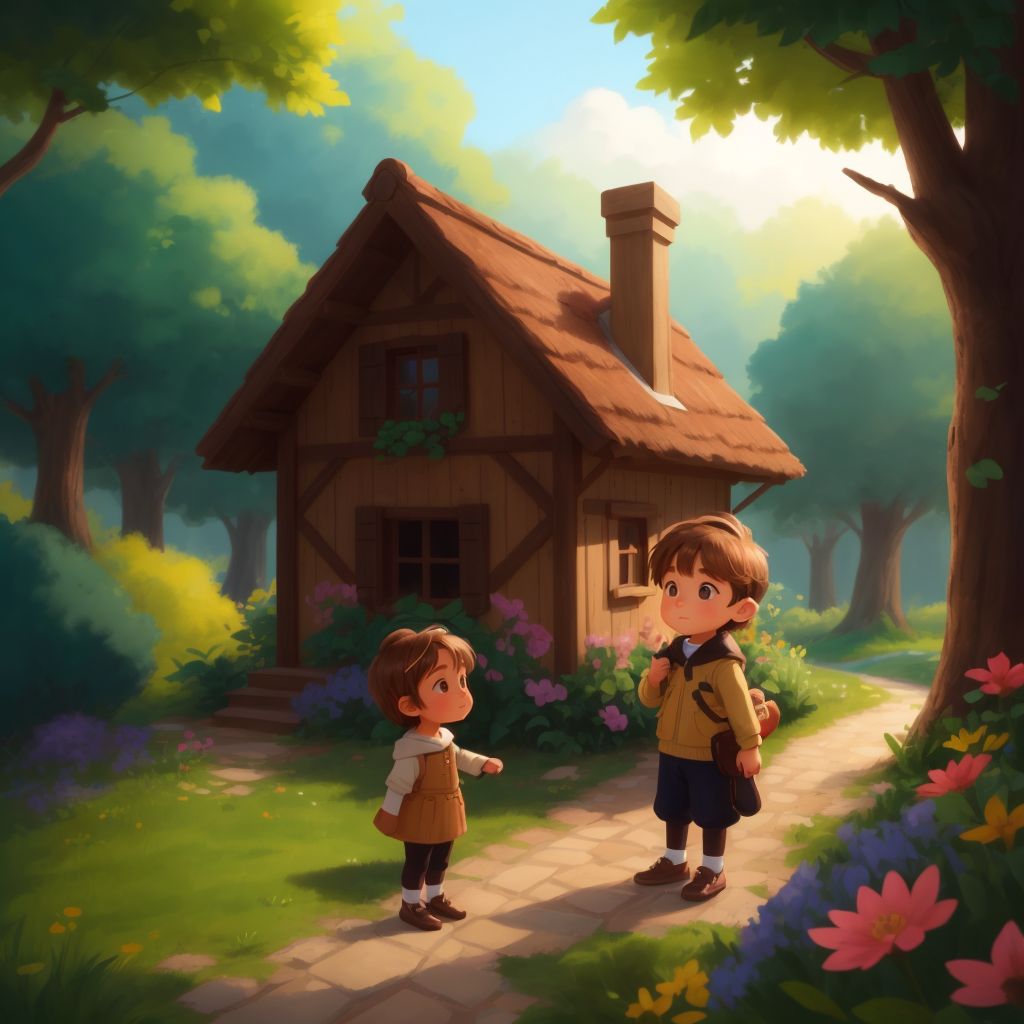
6 year old Emma and her 5 year old brother Lucas find a magical house with a big red door and gold knob. The house is at the end of their village. It is hidden by trees and surrounded by shrubbery.
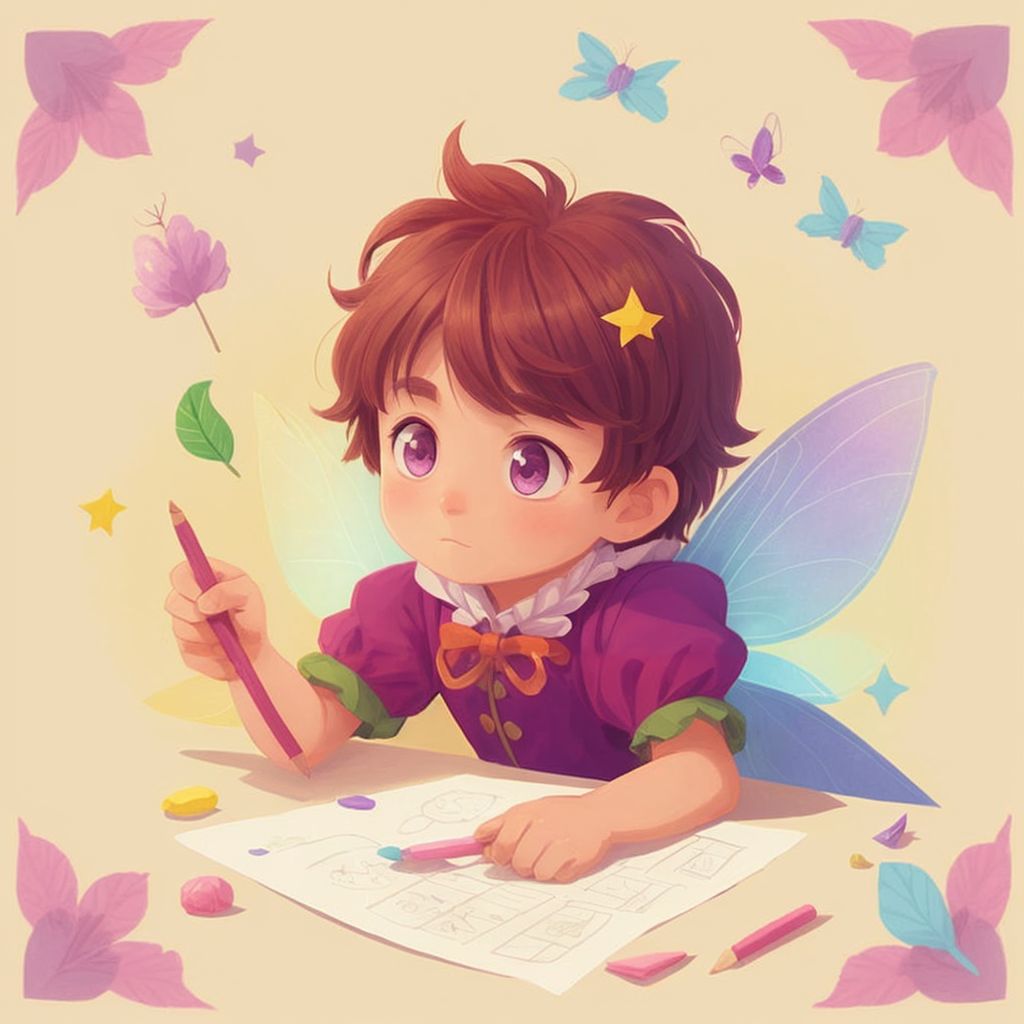
A story about making sense of the world of finance, how to properly calculate profits in a candy factory on Planet Financikia
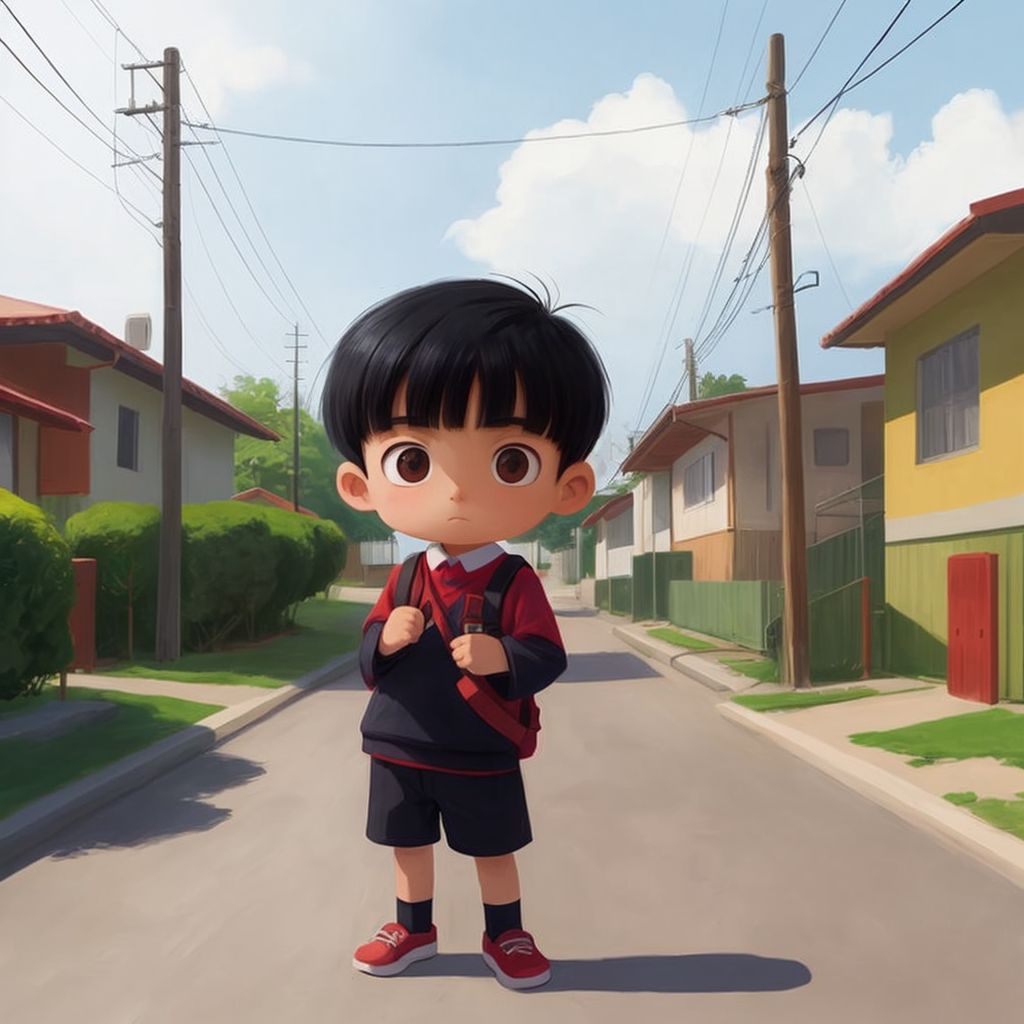
1. Santa Rosa is a town located in Region IV-A. 2. It's beauty stands-out among the other town because of its diverse background and beliefs. 3. The students of Dita Elementary School will tell us about the different religions in Santa Rosa.
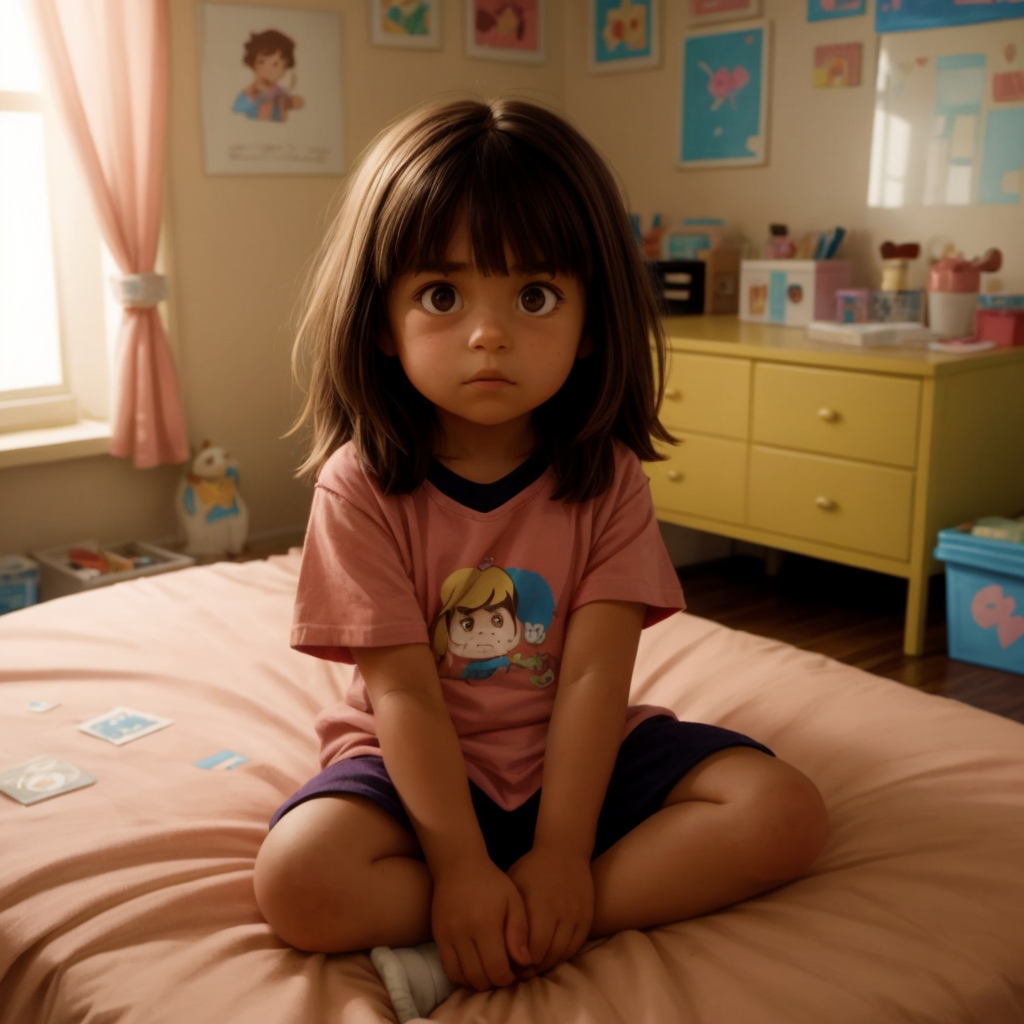
a story about a little boy and girl who are siblings who have a bad day, but they need to learn a lesson that some days are bad and that tomorrow is a new day that will have a good day.
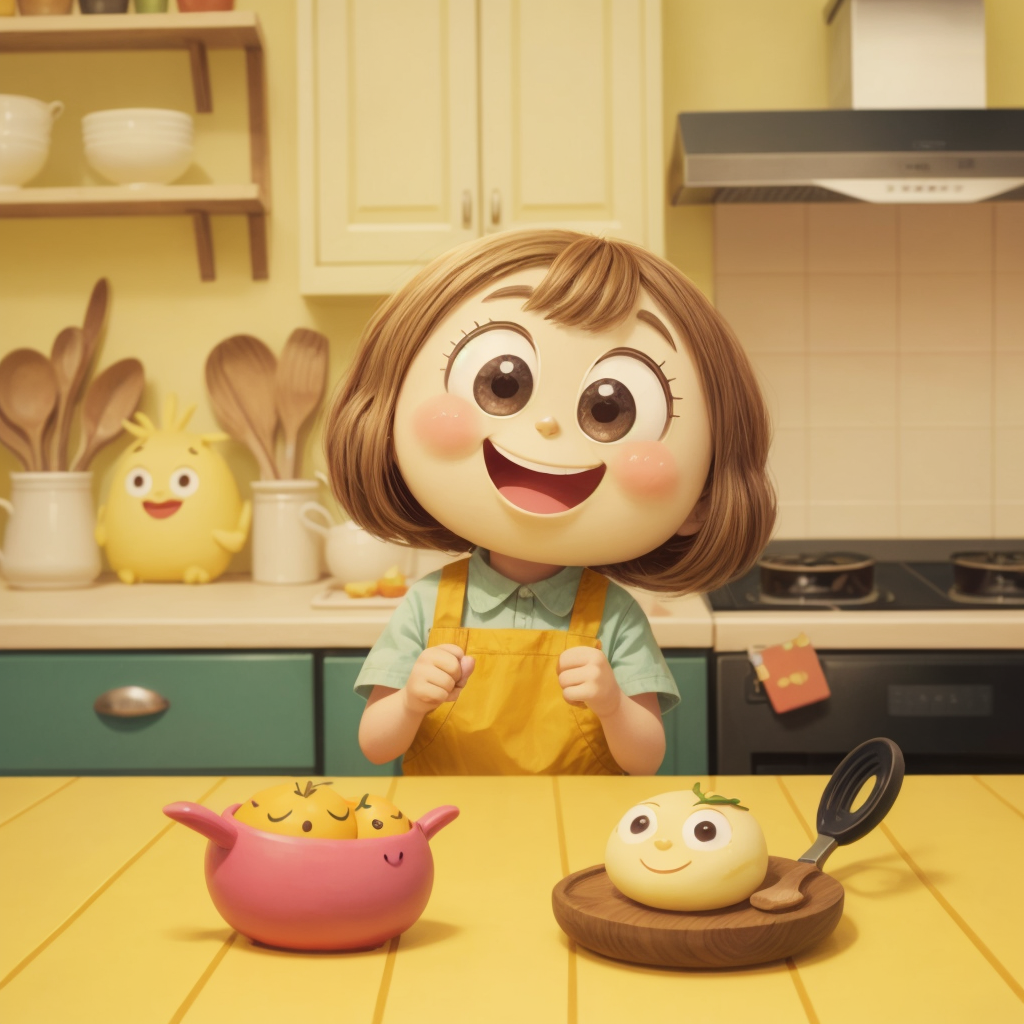
Mom took potatoes out of the refrigerator to make mashed potatoes. Potatoes told the boy Misha how they would make mashed potatoes from him: they would wash him, undress him, put him in a hot bath, and then massage him and he would become soft.
